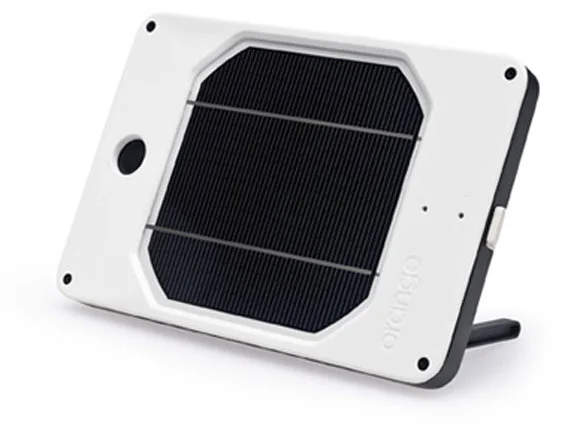Solar Charger
Solar charger employs solar energy to supply electricity to devices or charge batteries. They are generally portable.
Solar chargers can charge lead acid or Ni-Cd battery bank up to 48 V and hundreds of ampere-hours (up to 400 Ah) capacity. For such type of solar chargers, generally intelligent charge controllers are used. A series of solar cell array plates are installed separately on roof top and can be connected to battery bank. Such arrangement can also be used in addition to mains supply chargers for energy saving during day times.
Solar chargers in popular use include:
- Small portable models designed to charge a range of different mobile phones, cell phones, iPods or other portable audio equipment.
- Fold out models designed to sit on the dashboard of an automobile and plug into the cigar lighter, to keep the battery topped up whilst not in use.
- Torches, often combined with a secondary means of charging, such as a kinetic charging system.
- Public solar chargers permanently installed in public places, such as parks, squares and streets, which passersby can use for free.
Solar chargers in the market
Portable solar chargers are used to charge cell phones and other small electronic devices on the go. Chargers on the market today use various types of solar panels, ranging from the inefficient thin film panels with 10% efficiency or less, to the much more efficient monocrystalline panels which offer efficiencies up to 19%.
The other type of portable solar chargers are those with wheels which enable them to be transported from one place to another and be used by lot of people. They are semi-public, considering the fact that are used publicly but not permanently installed. Good example of this kind of portable solar charger is Strawberry Mini device.




